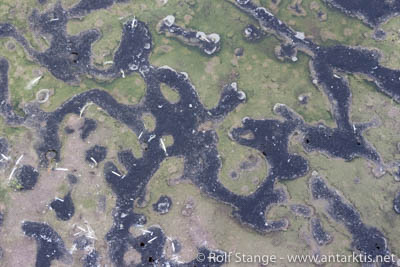Seitenstruktur
-
Spitsbergen-News
- Select Month
- March 2020
- February 2020
- March 2019
- January 2019
- December 2018
- September 2018
- June 2018
- May 2018
- April 2018
- March 2018
- February 2018
- January 2018
- December 2017
- November 2017
- October 2017
- September 2017
- June 2017
- May 2017
- April 2017
- March 2017
- February 2017
- January 2017
- December 2016
- September 2015
- April 2015
- March 2015
- February 2015
- January 2015
- December 2014
- October 2014
- August 2014
- June 2014
- May 2014
- April 2014
- March 2014
- November 2009
- April 2000
- Select Month

| Grytviken |
Home → * Antarctic News → Changing phytoplankton in a changing climate
Changing phytoplankton in a changing climate
A glimpse into Australia’s Antarctic Science programs: Changing phytoplankton in a changing climate: href=“http://www.antarctica.gov.au/news/2017/big-changes-predicted-for-the-smallest-southern-ocean-species“ target=“_blank“>In a review on antarctic polar science projects in recent years the authors conclude that climate change also alters the composition, the distribution and the growth of phytoplankton.
Since this phytoplankton binds carbon dioxide from the air or produces chemical substances that contribute to the formation of clouds, a change in the composition and occurrence of these tiny algae could have significant influence on the future climate as well. Glacial melting and sea ice thinning favor tiny flagellate algae, while the major diet of the Antarctic krill, the diatoms, will lose their optimal habitat. The scientists need to do more work to understand how fast and how long the phytoplankton species can adapt to their new environmental conditions.
Algae – here terrestrial ones on Petermann Island – are influenced by climate change, but this is not a one way road.
last modification: 2017-07-03 ·
copyright: Rolf Stange


























